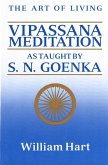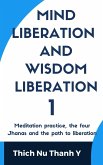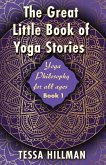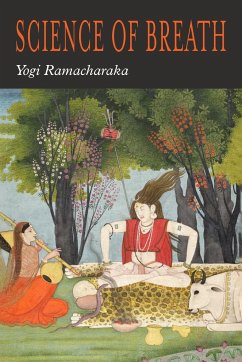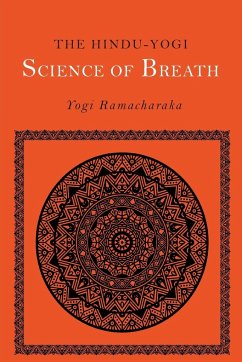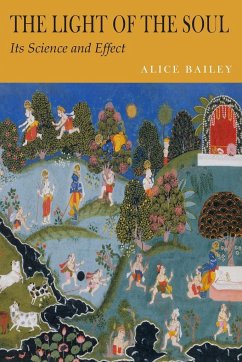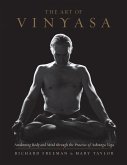2012 Reprint of 1913 Edition. Exact facsimile of the original edition, not reproduced with Optical Recognition Software. "Tantra" is the name scholars give to a style of religious ritual and meditation that arose in medieval India no later than the fifth century, and which came to influence all forms of Asian religious expression to a greater or lesser degree. Strictly speaking, this usage of the word "tantra" is a scholarly invention, but it is justifiable on the basis of the fact that the scriptures that present these practices are generally known as "tantras", regardless of which religion they belong to. The historical significance of the Tantric method lies in the fact that it impacted every major Asian religion extant in the early medieval period (c. 500 - 1200 CE): thus Shaivism, Buddhism, Vaishnavism, and Jainism all developed a well-documented body of Tantric practices and related doctrines. Its influence spread far outside of India, into Tibet, Nepal, China, Japan, Cambodia, Vietnam, and Indonesia. Today, it is Tibetan Buddhism and various forms of Hinduism that show the strongest Tantric influence, as well as the international postural yoga movement and most forms of American alternative spirituality grouped under the New Age rubric. Defined primarily as a technique-rich style of spiritual practice, Tantra has no single coherent doctrine; rather, it developed different teachings in connection with the different religions that adopted the Tantric method. These teachings tended to support and validate the practices of Tantra, which in their classical form are more oriented to the married householder than the monastic or solitary renunciant, and thus exhibited what may be called a world-embracing rather than a world-denying character. Thus Tantra, especially in its nondual forms, rejected the renunciant values of Patanjalian yoga, offering instead a vision of the whole of reality as the self-expression of a single, free and blissful Divine Consciousness under whatever name, whether ¿iva or Buddha-nature. Since the world was viewed as real, not illusory, this doctrine was a significant innovation over and against previous Indian philosophies, which tended to picture the Divine as absolutely transcendent and/or the world as illusion. The practical consequence of this view was that not only could householders aspire to spiritual liberation in the Tantric system, they were the type of practitioner that most Tantric manuals had in mind. Furthermore, since Tantra dissolved the dichotomy of spiritual versus mundane, practitioners could entail every aspect of their daily lives into their spiritual growth process, seeking to realize the transcendent in the immanent. Though the vast majority of scriptural Tantric teachings are not concerned with sexuality, in the popular imagination the term tantra and the notion of superlative sex are indelibly linked. This error probably arose from the fact that some of the more radical nondual schools taught a form of sexual ritual as a way of entering into intensified and expanded states of awareness and dissolving mind-created boundaries.
Hinweis: Dieser Artikel kann nur an eine deutsche Lieferadresse ausgeliefert werden.
Hinweis: Dieser Artikel kann nur an eine deutsche Lieferadresse ausgeliefert werden.

![Tantra of the Great Liberation [Mahanirvana Tantra] - Avalon, Arthur; Woodroffe, John George Tantra of the Great Liberation [Mahanirvana Tantra] - Avalon, Arthur; Woodroffe, John George](https://bilder.buecher.de/produkte/38/38100/38100091n.jpg)
